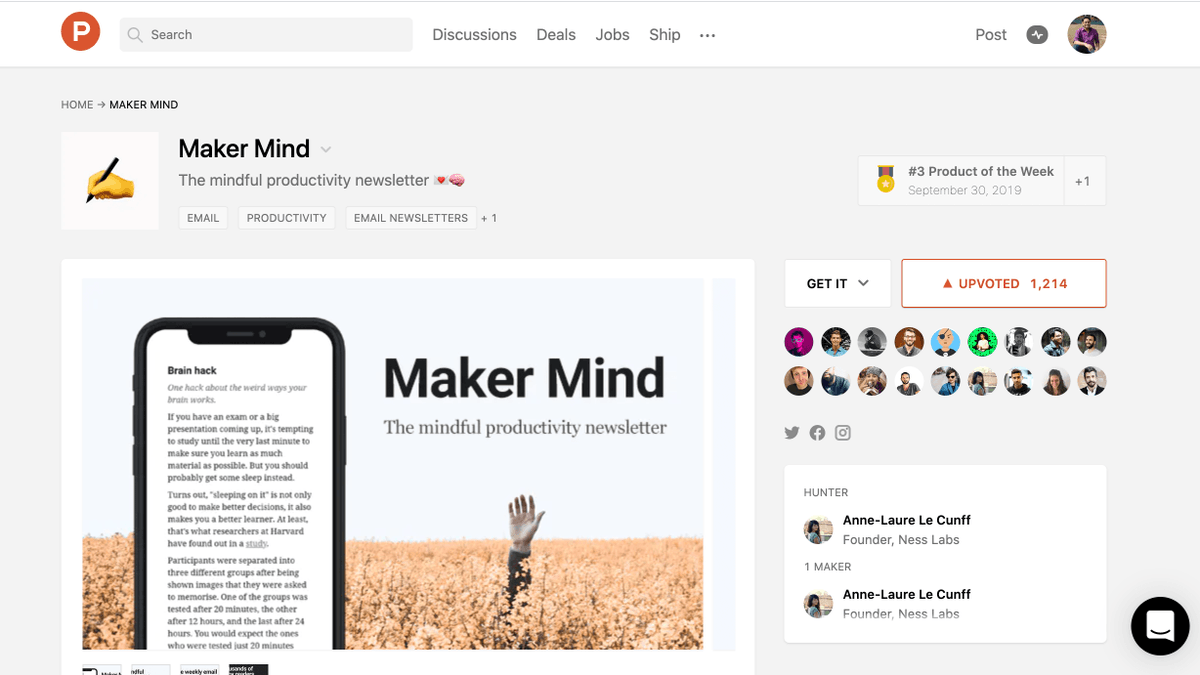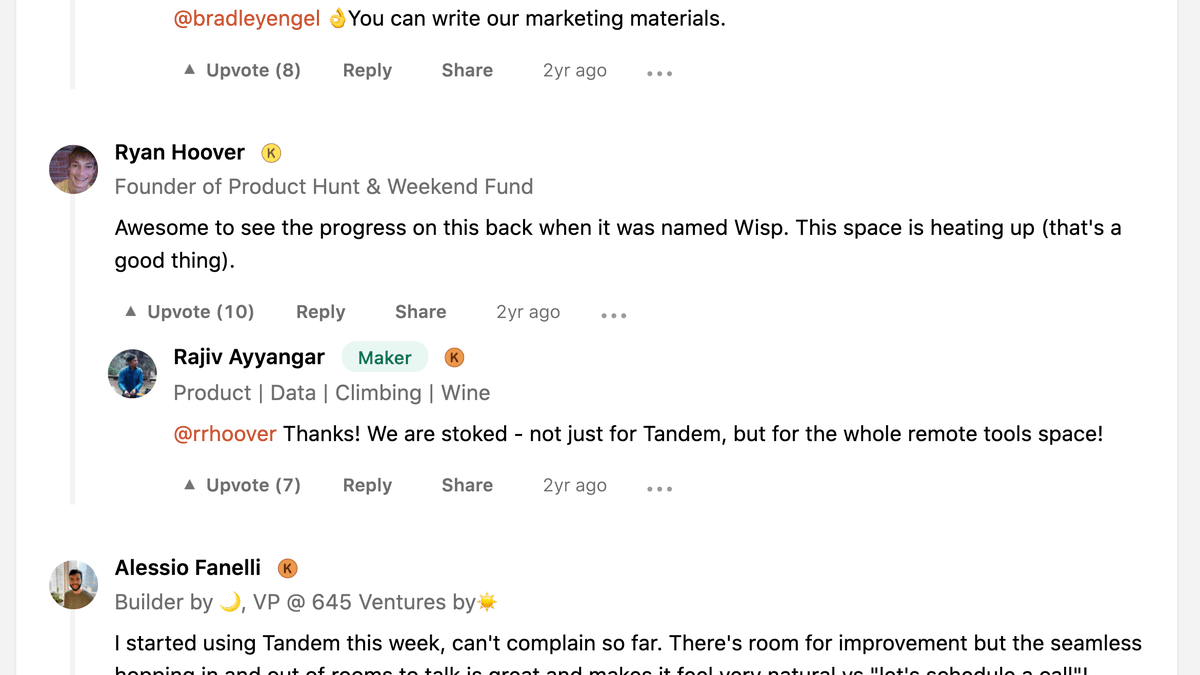
My 2 startups, Flexiple & Remote Tools, get 70K/month & 30K/month organic traffic.
SEO is crucial to get you reliable & consistent traffic.
Here's my secret framework to help you achieve that (works for new websites too) 🧵
SEO is crucial to get you reliable & consistent traffic.
Here's my secret framework to help you achieve that (works for new websites too) 🧵
The best way to get high SEO traffic is by writing keyword focussed blogs targeting low-competition keywords.
So the following framework helps you find that goldmine of lucrative keywords.
So the following framework helps you find that goldmine of lucrative keywords.
1/ Come up with seed keywords
These are keywords, topics or even broad themes you already know or have read about.
Just jog your memory and list down all keywords you can remember.
(contd.)
These are keywords, topics or even broad themes you already know or have read about.
Just jog your memory and list down all keywords you can remember.
(contd.)
For ex. if your website targets remote workers & digital nomads, your seed keywords can be:
• remote work
• digital nomad
• backpacking
• telecommuting
• asynchronous communication
• remote work
• digital nomad
• backpacking
• telecommuting
• asynchronous communication
2/ Expand your seed keywords list using Wikipedia & Quora
Wikipedia
• Table of contents: Ex. if you check the table of contents for "telecommuting", you will find interesting topics like "remote office centres", "information security for teleworkers" etc.
(contd.)
Wikipedia
• Table of contents: Ex. if you check the table of contents for "telecommuting", you will find interesting topics like "remote office centres", "information security for teleworkers" etc.
(contd.)
Quora
• Questions & related questions: Search for a broad term you already know (ex. "remote work" or "asynchronous communication") and check the questions that show up. Also, check the related questions that are shown for the ones you have selected.
• Questions & related questions: Search for a broad term you already know (ex. "remote work" or "asynchronous communication") and check the questions that show up. Also, check the related questions that are shown for the ones you have selected.
3/ Use a keyword research tool to get a more extensive list
I've used @ahrefss & @semrush - love both of them.
1. Enter your seed keywords list in keyword explorer
2. Use "phrase match" & "having same terms" in Ahrefs
3. Use "keyword variations" & "related keywords" in SEMRush
I've used @ahrefss & @semrush - love both of them.
1. Enter your seed keywords list in keyword explorer
2. Use "phrase match" & "having same terms" in Ahrefs
3. Use "keyword variations" & "related keywords" in SEMRush
4/ Filter keywords for low difficulty
Every keyword research tool will have a keyword difficult (KD) score. Filter your expanded list by a low KD, say 20.
KD is only a heuristic and helps you get the initial list. You still have to do manual work to filter the list further.
Every keyword research tool will have a keyword difficult (KD) score. Filter your expanded list by a low KD, say 20.
KD is only a heuristic and helps you get the initial list. You still have to do manual work to filter the list further.
5/ Filter keywords for low-mid volume
From my experience, you rank faster for low volume keywords vs. high volume ones. Plus, high volume keywords generally have high competition
It helps in short-term to put min & max volume filter, especially if you have low website authority
From my experience, you rank faster for low volume keywords vs. high volume ones. Plus, high volume keywords generally have high competition
It helps in short-term to put min & max volume filter, especially if you have low website authority
6/ Manually check for search intent
Search intent is by far the most critical aspect when you write SEO focussed content.
Ex. if top 10 results for "work from home jobs" are actual job listing websites, you'll never rank if you write a listicle explaining how to find a WFH job.
Search intent is by far the most critical aspect when you write SEO focussed content.
Ex. if top 10 results for "work from home jobs" are actual job listing websites, you'll never rank if you write a listicle explaining how to find a WFH job.
The only reliable way to confirm search intent is to manually check the top 10 results for:
• Content type - Blogs, ecommerce pages, company website
• Format - Listicles, tutorials, opinion pieces
• Content type - Blogs, ecommerce pages, company website
• Format - Listicles, tutorials, opinion pieces
7/ Check website authority for top 10 results
Your aim is to kick out one of the top 10 results. So ideally you should have at least 1 or 2 results in top 10 that have lower authority than your website. More the better.
Your aim is to kick out one of the top 10 results. So ideally you should have at least 1 or 2 results in top 10 that have lower authority than your website. More the better.
There you go! You have a well-researched, lucrative set of keywords/topics to write on 🚀
I regularly share such threads around startups, so consider retweeting the first tweet & following me :)
I regularly share such threads around startups, so consider retweeting the first tweet & following me :)
https://twitter.com/hrishiptweets/status/1394156027948396547
• • •
Missing some Tweet in this thread? You can try to
force a refresh






